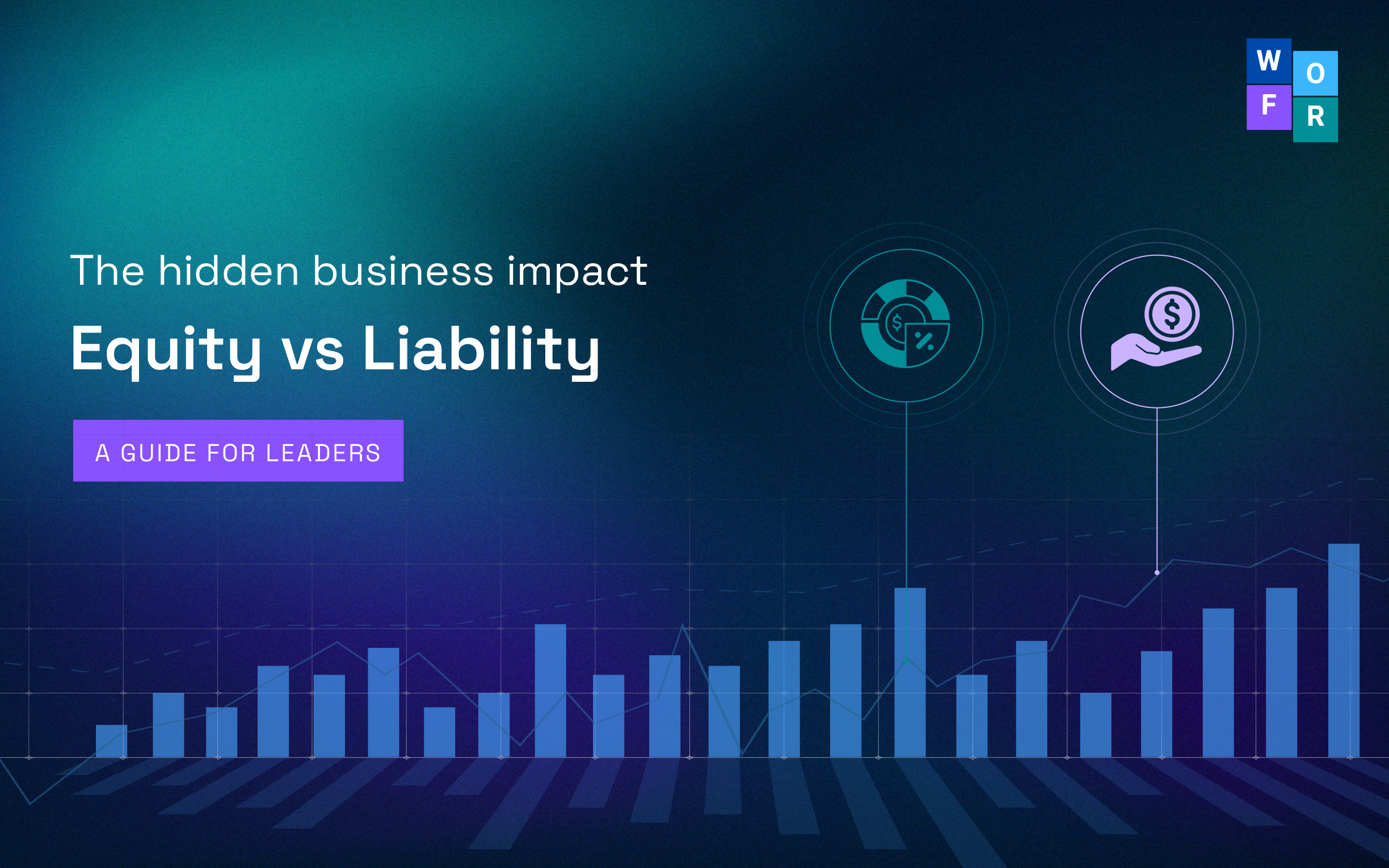Ever wondered why some financial instruments, despite legally being shares, are classified as liability in the books of accounts? Does this distinction affect the company or its stakeholders? Are these just accounting jargons?
Let’s understand these classifications, their implications and how they play out in the real world.
Why does Debt vs. Equity classification matter?
When a company issues financial instruments like shares or bonds, how they are classified can have a significant impact on how the company is perceived. Illustratively, this classification can impact the company’s capital structure, financial ratios, loan covenants, and even the company’s perception about the strength of its financial position.
What’s on paper, doesn’t tell the entire story – Substance over Form
As per IFRS and Ind AS, financial instruments are classified based on their economic substance rather than their legal form. This means that an instrument that appears as equity in contracts could be treated as a liability in practice.
The core question is: Does the instrument create an unavoidable obligation that the issuer must settle?
For example, a company issuing mandatory redeemable preference shares with a cumulative dividend might be legally issuing shares, but for accounting purposes, these are a liability because there is a financial obligation on the company to pay dividends and redeem the shares. This company’s obligation to redeem the preference shares and pay dividend is unavoidable.
Scenarios for Debt vs. Equity Classification
Let us now evaluate a few commonly encountered instruments to assess whether these represent a financial liability or equity.
| Scenario | Classification | Implications |
|---|---|---|
| Mandatory redeemable preference shares with cumulative dividend (market rate) | Liability | This classification increases the company’s liabilities affecting the leverage ratios. |
| Mandatory redeemable preference shares with 0% or nominal dividend | Both Liability and Equity | Mixed classification can complicate financial analysis, requiring detailed footnotes and explanations in financial statements. |
| Irredeemable preference shares (no mandatory dividend) | Equity | These kinds of shares improve debt-to-equity ratios and may make the company appear less leveraged. |
| Convertible preference shares – conversion ratio and amounts known on day 1 | Equity | These are seen as equity because the terms are fixed from the start, making them less risky. |
| Convertible preference shares – conversion ratio or amounts variable | Liability | Because of the uncertainty around the conversion terms, these are seen as liabilities. |
| Optionality in conversion | Depends on Terms | If the company has the option, it will classify it as equity. If the investor has the option, it would be classified as a liability. |
If you are a Promoter…
In many instances, companies go for multiple rounds of funding often raising funds by way of instruments like convertible preference shares. Investors often like to protect their stake/value in the company and include protective clauses in the share subscription agreements which entitle them to additional shares upon conversion should the subsequent fundraise happen at a lower valuation. Such clauses, commonly referred to as ‘downround protection’ clauses, would generally result in the entire instrument being classified as a liability.
Promoters and founders need to therefore carefully read through such clauses in the share subscription agreements in order to accurately assess the impact on the financial statements as well as get the reporting right the first time.
What’s the takeaway here? Always read the fine print!
Financial instruments can behave like equity under normal conditions but flip to debt-like behaviour when things go south. They can carry risks that aren’t immediately obvious, which is why it’s crucial to understand the terms fully.
Conclusion
At the end of the day, understanding whether a financial instrument is debt or equity isn’t just for accountants – it’s vital for anyone involved in finance, investing, or business management. It affects everything from financial stability to investor confidence and even regulatory compliance.
So, next time you’re looking at a company’s financial statements or considering an investment, take a closer look at how their financial instruments are classified. You might just uncover some hidden risks or opportunities!



